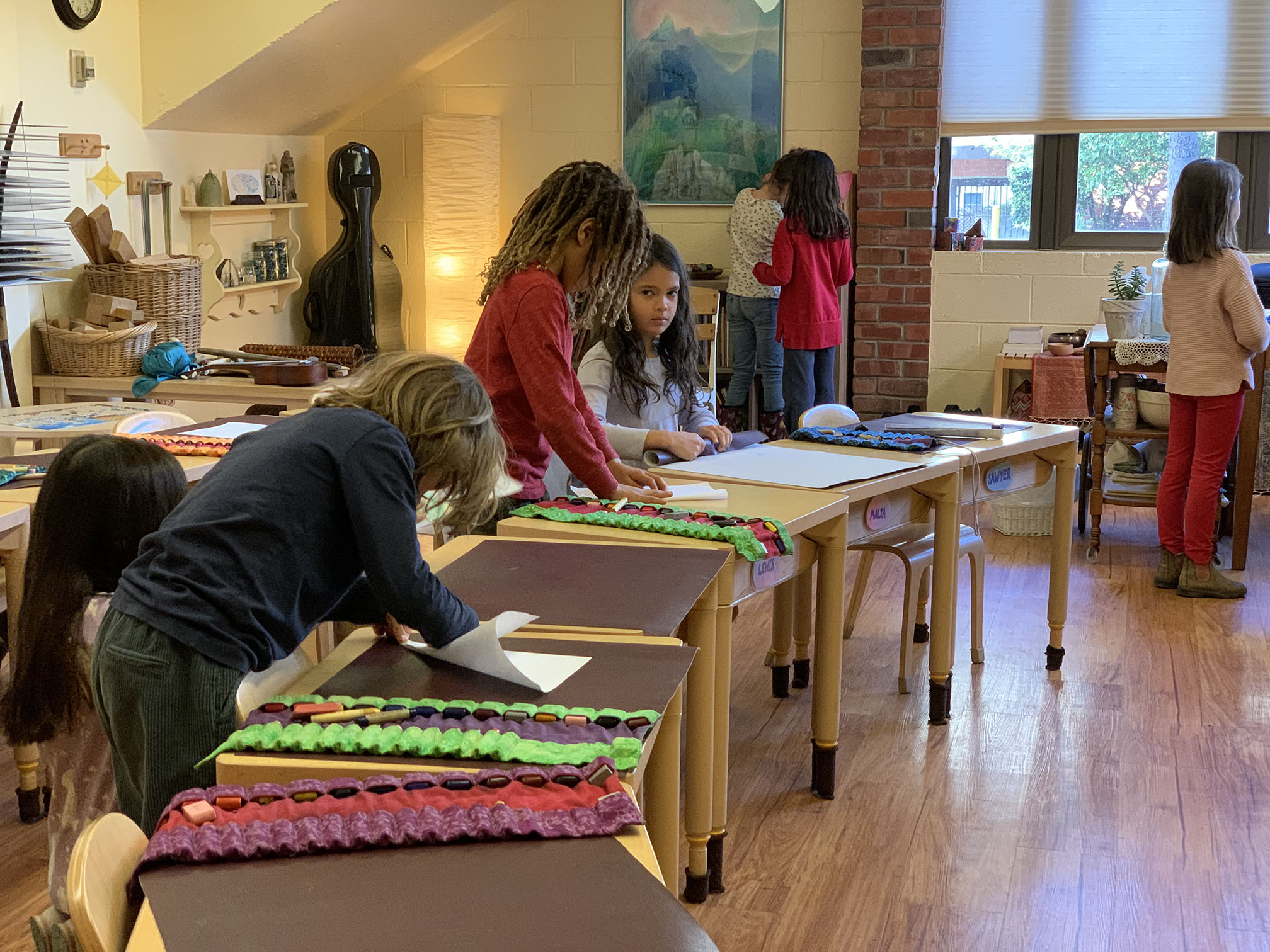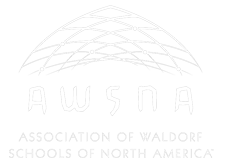Lower Grades
Program
A Developmental Approach
With Rudolf Steiner’s work in child development at its core, the Lower School curriculum, at Berkeley Rose Waldorf School, is perfectly tailored to meet the changing needs of your child at each step of their journey through school.
Grade by grade, the Lower School curriculum follows the development of the child, considering their physical, emotional, and intellectual growth. Subjects such as math, language arts, geography, history, geometric drawing, perspective drawing, and the sciences are presented at a time when they are the answer to the inner questions a child holds as they grow and change.
The Class Teacher
At Berkeley Rose Waldorf School, each class has a core teacher that stays with them for multiple years (ideally grades 1-8). Especially in the younger grades, this class teacher is the primary individual who works with your child. This continuity enhances the child’s learning in both academic and social aspects and enables the class teacher to develop a deep understanding of your child as an individual and the class as a community. The Waldorf school approach allows the class teacher to deepen their understanding of the individual needs and nuances of their class and model the act of learning and preparing new curriculum each year.
Main Lesson
Each day begins with the class teacher and a lively two-hour main lesson which concentrates on one subject for a period of three to four weeks. These “Main Lesson Blocks” vary in their subject matter: math, science, history, language arts, and geography are all taught in this block format.
This intensive, concentrated focus on a subject over several weeks builds a strong connection to the subject, and because the main lesson is a longer class period, there is time to explore subjects through a variety of activities such as drama, music, visual arts, movement, and writing. This multifaceted approach allows children to engage fully in the act of learning not just with their heads, but also with their heart and their hands.
Our goal is to build capacities, not just skills — capacities for greater learning with depth, critical thinking, and problem-solving for the future that awaits each of our children.
Main Lesson Books
During each main lesson block, the students create their own Main Lesson Book. These beautiful books are organized, ongoing records of the students work and are filled with observations, illustrations, diagrams, stories, and essays. This act of generating one’s own artistic “textbook” helps foster a deeper sense of understanding and ownership of the content and subject matter.

Lower Grades
Program
A Developmental Approach
With Rudolf Steiner’s work in child development at its core, the Lower School curriculum, at Berkeley Rose Waldorf School, is perfectly tailored to meet the changing needs of your child at each step of their journey through school.
Grade by grade, the Lower School curriculum follows the development of the child, considering their physical, emotional, and intellectual growth. Subjects such as math, language arts, geography, history, geometric drawing, perspective drawing, and the sciences are presented at a time when they are the answer to the inner questions a child holds as they grow and change.
The Class Teacher
At Berkeley Rose Waldorf School, each class has a core teacher that stays with them for multiple years (ideally grades 1-8). Especially in the younger grades, this class teacher is the primary individual who works with your child. This continuity enhances the child’s learning in both academic and social aspects and enables the class teacher to develop a deep understanding of your child as an individual and the class as a community. The Waldorf school approach allows the class teacher to deepen their understanding of the individual needs and nuances of their class and model the act of learning and preparing new curriculum each year.
Main Lesson
Each day begins with the class teacher and a lively two-hour main lesson which concentrates on one subject for a period of three to four weeks. These “Main Lesson Blocks” vary in their subject matter: math, science, history, language arts, and geography are all taught in this block format.
This intensive, concentrated focus on a subject over several weeks builds a strong connection to the subject, and because the main lesson is a longer class period, there is time to explore subjects through a variety of activities such as drama, music, visual arts, movement, and writing. This multifaceted approach allows children to engage fully in the act of learning not just with their heads, but also with their heart and their hands.
Our goal is to build capacities, not just skills — capacities for greater learning with depth, critical thinking, and problem-solving for the future that awaits each of our children.
Main Lesson Books
During each main lesson block, the students create their own Main Lesson Book. These beautiful books are organized, ongoing records of the students work and are filled with observations, illustrations, diagrams, stories, and essays. This act of generating one’s own artistic “textbook” helps foster a deeper sense of understanding and ownership of the content and subject matter.
Mathematics
| Grade 1 | Grade 2 | Grade 3 | Grade 4 | Grade 5 |
| – Addition – Subtraction – Multiplication – Division – Form drawing |
– Four operations in vertical form with regrouping – Multiplication tables – Numerical patterns – Form drawing |
– Four operations – Measurement: linear, weight, volume, etc. – Time & money – Form drawing |
– Four operations – Intro to fractions – Measurement – Form drawing – Geometric drawing |
– Fractions & decimals – Metric measurement – Geometric drawing |
Language Arts
| Grade 1 | Grade 2 | Grade 3 | Grade 4 | Grade 5 |
| – Intro to letters & writing – Intro to reading & phonetics – Stories from around the world: folklore & fairy tales |
– Reading – Writing – Spelling – Intro to grammar & punctuation – World legends: fables & folk tales |
– Independent writing & reading – Grammar – Punctuation – Spelling – Cursive writing |
– Independent writing & reading – Grammar – Punctuation – Spelling – Cursive writing |
– Narrative & expository writing – Letter writing – Independent reading & literature discussions – Grammar Punctuation – Spelling – Vocabulary |
History & Culture
| Grade 1 | Grade 2 | Grade 3 | Grade 4 | Grade 5 |
|
– World songs – Poems & plays – Nature stories |
– Fables and folklore – Legends of “holy” people from various cultures who have made a difference – Native American stories & poetry |
<- Native American stories - Stories of indigenous peoples around the world - Hebrew Bible stories - Farming & pioneering stories | – Norse mythology – World legends – California and local studies |
– Mythology & cultural history of ancient India, Persia, Egypt, Babylonia – Greek history & culture |
World Languages
| Grade 1 | Grade 2 | Grade 3 | Grade 4 | Grade 5 |
| Spanish | Spanish | Spanish | Spanish | Spanish |
Science
| Grade 1 | Grade 2 | Grade 3 | Grade 4 | Grade 5 |
| – Nature observations & stories | – Nature observations & stories | – Study of practical life: farming, housing & clothing | – Geography – Map-making – Animal kingdom |
– Botany – Further studies of animals – North American Geography |
Music
| Grade 1 | Grade 2 | Grade 3 | Grade 4 | Grade 5 |
| – Pentatonic flute – Singing |
– Pentatonic flute – Singing |
– Singing – Recorder – Intro to strings: violin or cello |
– C-flutes – Reading & musical notation – Part & rounds singing – Strings |
– C-flutes – Reading & musical notation – Part & rounds singing – Strings |
Fine Arts
| Grade 1 | Grade 2 | Grade 3 | Grade 4 | Grade 5 |
| – Watercolor Painting – Beeswax Modeling |
– Drawing – Free-hand geometric drawing – Watercolor Painting – Beeswax modeling |
– Drawing – Free-hand geometric drawing – Watercolor Painting – Beeswax modeling |
– Drawing – Free-hand geometric drawing – Watercolor Painting – Beeswax modeling |
– Drawing – Free-hand geometric drawing – Watercolor Painting – Beeswax modeling |
Handwork
| Grade 1 | Grade 2 | Grade 3 | Grade 4 | Grade 5 |
| – Sewing – Knitting |
– Sewing – Knitting – Crocheting |
– Sewing – Knitting – Crocheting |
– Crocheting Cross-stitching | – Advanced knitting |
Eurythmy
Eurythmy, developed by Rudolf Steiner, is an art of human movement set to music, poetry, or speech. It is intended to be a complement to intellectual learning. By studying eurythmy, students learn dexterity of movement, grace, poise, balance, and concentration. They also develop a sense for sound and space and a feeling for social harmony.
| Grade 1 | Grade 2 | Grade 3 | Grade 4 | Grade 5 |
| Eurythmy | Eurythmy | Eurythmy | Eurythmy | Eurythmy |
Physical Education
| Grade 1 | Grade 2 | Grade 3 | Grade 4 | Grade 5 |
|
– Group & collaborative games – Hikes |
– Group & collaborative games – Hikes |
– Group & collaborative games – Hikes |
– Collaborative games & skills – Hikes |
– Collaborative games & skills – Hikes |
Rigorous Curriculum, Profound Understanding
1st Grade
The Child
As they leave the dreamy mood of Early Childhood, first graders begin to awaken to the world around them. They are ready to learn in a new way. The first grade student has developed the new capacities needed for learning and absorbing knowledge and for seeking out friends with whom they can develop deeper, more long-lasting relationships. First grade children however, still have just as much energy as they did in kindergarten, so it is vital that the teacher engage this lively bunch with creativity and activity in all lessons.
The Class
First grade has daily routines that provide structure and rhythm for both independent work and group activities. Letters are initially introduced through oral storytelling and chalkboard drawings that engage the student’s imagination and strengthen memory. Verses reinforce the sounds, while recall, discussion and dramatization hone memory, comprehension and language skills. The four basic mathematic processes are personified and introduced through engaging stories. They study numbers by using their voices and bodies in rhythmic and physical activities, through lively counting, sequencing work and movement. Appreciation of cultural history is encouraged through stories from around the world. Introduction into science is brought through direct nature observations.
2nd Grade
The Child
Second graders’ imagination, interest, and focus are more attuned to learning. These students become increasingly aware of their experiences in the larger world and the values and perspectives of others. Savvy now to the ways of school, they retain the imitative and self-focused consciousness of early childhood even as they look more to the outer world to learn from the experiences of others. They are beginning to form the consciousness of self that exists independent of others, and they are looking for models in the world outside of family to guide their way. Their sense of community deepens even as they extend the security of “family” to classmates and teachers.
The Class
Students in second grade transition from the experience of one and the whole to duality and comparison. Exploring the archetypal notions of good and evil, fables from around the world offer lessons of morality and personal responsibility, while simultaneously appealing to the trickster personality of the second grader. Stories of the saints and of individuals who have made extraordinary contributions to humankind cultivate a sense of wonder and admiration for human striving. As reading skills continue to expand, independent reading — both silent and aloud — is encouraged. Independent writing also begins to play a greater role in language arts. During math lessons, place value, carrying, borrowing, long division and mental math are added to arithmetic skills. Multiplication tables from 1-12 are thoroughly mastered this year.
3rd Grade
The Child
Third grade is full of eight to nine year olds who are both interesting and challenging individuals! Students at this age often begin to question authority, to question themselves and to demand answers from the world around them. They are experiencing a new sense of self. New capacities for thinking and judgment are taking shape. The younger child’s experience of the unity of all things matures into the 3rd grader’s awareness of his or her distinctly separate inner life. Strong opinions, likes, and dislikes are emerging. The children begin to develop a more realistic view of everyone and everything around them.
The Class
In response to the third graders’ growing awareness and sense of self, the curriculum connects them to meaningful, practical work, such as construction, farming, and gardening. Developing these skills helps students build confidence and stamina. Stories of the Hebrew people begins a six year journey which exposes students to the beliefs and evolution of many major world cultures. Spelling and grammar instruction becomes more formal. While continuing to hone and expand their math skills, third graders jump into practical aspects of math by measuring their surroundings and engaging in building projects, creating a natural bridge between subjects. They study time, including how to read a clock and what the changing seasons mean, in order to trace the ongoing rhythms of life. Through stories and hands-on experiences third graders begin to understand their potential for courage, determination, and skill.
4th Grade
The Child
The transition from early childhood is complete; the transition into puberty has not yet begun. Fourth graders are becoming more self-confident as their perceptions of the world sharpen and sometimes seem larger than life, filled with both burning questions and profound realizations. At this age children experience a stronger separation from their surroundings and become more independent. These developmental steps broaden the student’s perspective and reveal a world of endless, exciting possibilities. The familiar bonds of authority are loosening and children may begin to feel fearful or uncertain in areas where before they were fearless or confident; while at the same time the fourth grader is curious, adventurous, and eager to explore new capacities for learning and creativity.
The Class
Because of their growing independence, fourth graders are keen to make their own choices. The introduction of Norse mythology models the process of conscious choice and the responsibility for actions taken. These traditional tales foreground strength of character, courage, self-sacrifice, and perseverance while revealing hidden motives, and character fallibility. The stories highlight for students the gifts and the risks of exploring independence as free human beings. Geography is introduced to support the student’s expanding sense of their neighborhood and world. Knowledge of geography is extended each year through eighth grade until students have been all around the globe! In mathematics, the four basic operations and measurements continue with greater complexity, and fractions are introduced. The study of the animal kingdom and its relationship to the human being forms the core of the fourth grade science curriculum. In language arts, grammar is studied through parts of speech, verb tenses and continued study of punctuation.
5th Grade
The Child
Students in fifth grade are typically creative, enthusiastic about learning, eager for new challenges and more capable of sustained effort and independent work than ever before. They appear physically strong and balanced. Adolescence is approaching but has not yet arrived, allowing a window of harmony in the social and scholastic arenas. Their sense of self-consciousness emerges, yet they remain confident and in harmony with their surroundings. Students develop an ordered sense of space and time, and they gain a deeper understanding of personal responsibility and ethical principles. Children start to look at what is coming in the teen years and wonder how they will handle the changes they are beginning to experience in themselves.
The Class
Curriculum this year meets the 5th grader by encouraging themes of balance. Fifth graders explore the history of human struggle and accomplishment in the ancient world. These histories present the diversity of experience in the early civilizations of India, Persia, Mesopotamia, Egypt, and Greece. Students investigate mythologies, and religions of these cultures, and they discuss philosophies of creation, life, and death. Working with early forms of writing, geometry, and architecture, fifth graders trace the roots of modern culture. In mathematics, decimal notation used in the four operations is introduced while students continue with fractions, multi-digit problem solving, and word problems. They also learn freehand geometry to gain a sense of the structure of space and delineated form. Studying botany nurtures the beauty in the world, as they balance scientific observation with aesthetic appreciation.
Berkeley Rose seeks a diverse community, welcoming students of any race, religion, ethnic, and financial background. It does not discriminate on the basis of race, color, sexual orientation, national, or ethnic origin in the administration of its educational or admissions programs and policies. The school is a nonprofit 501(c)(3).



